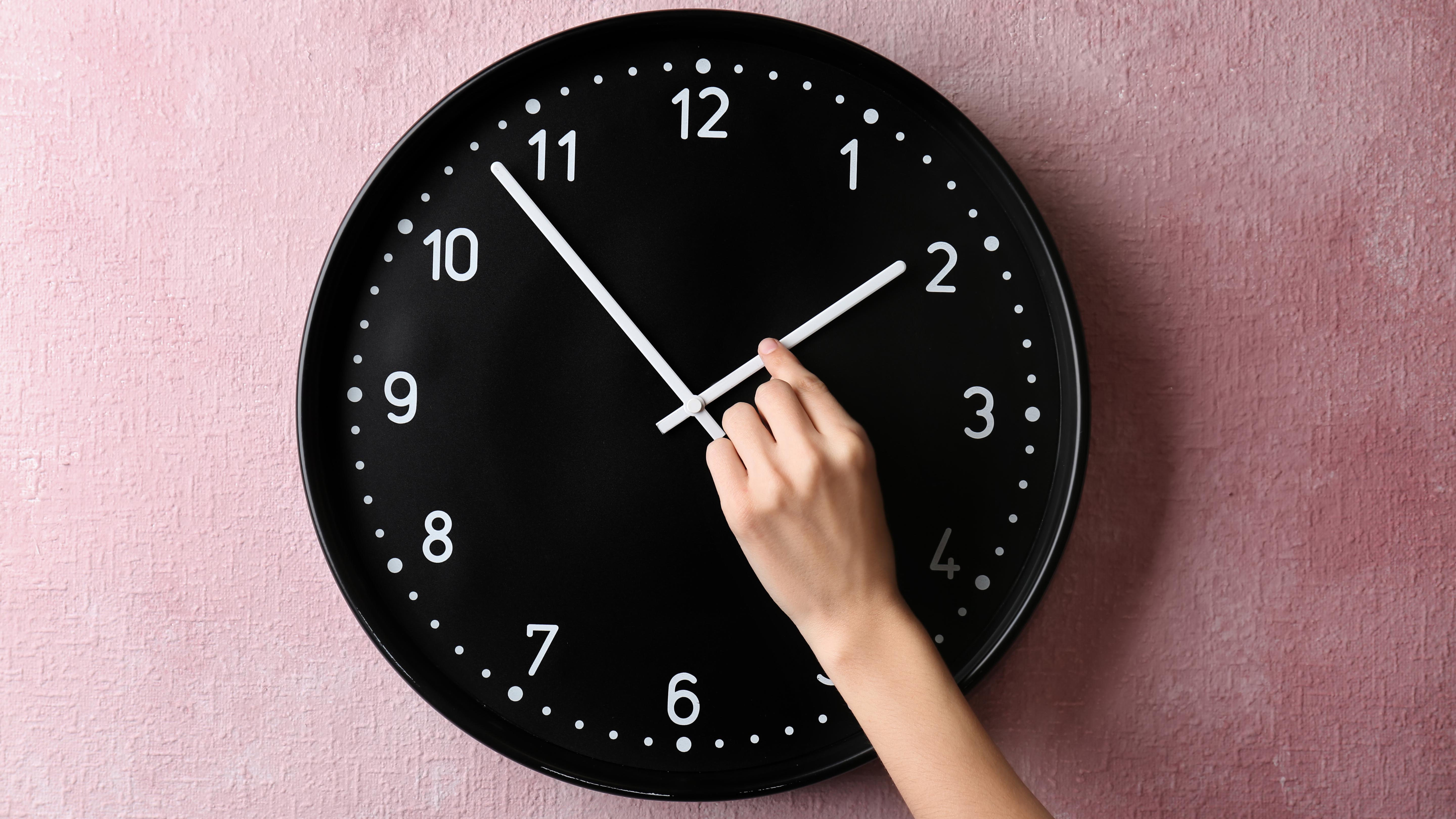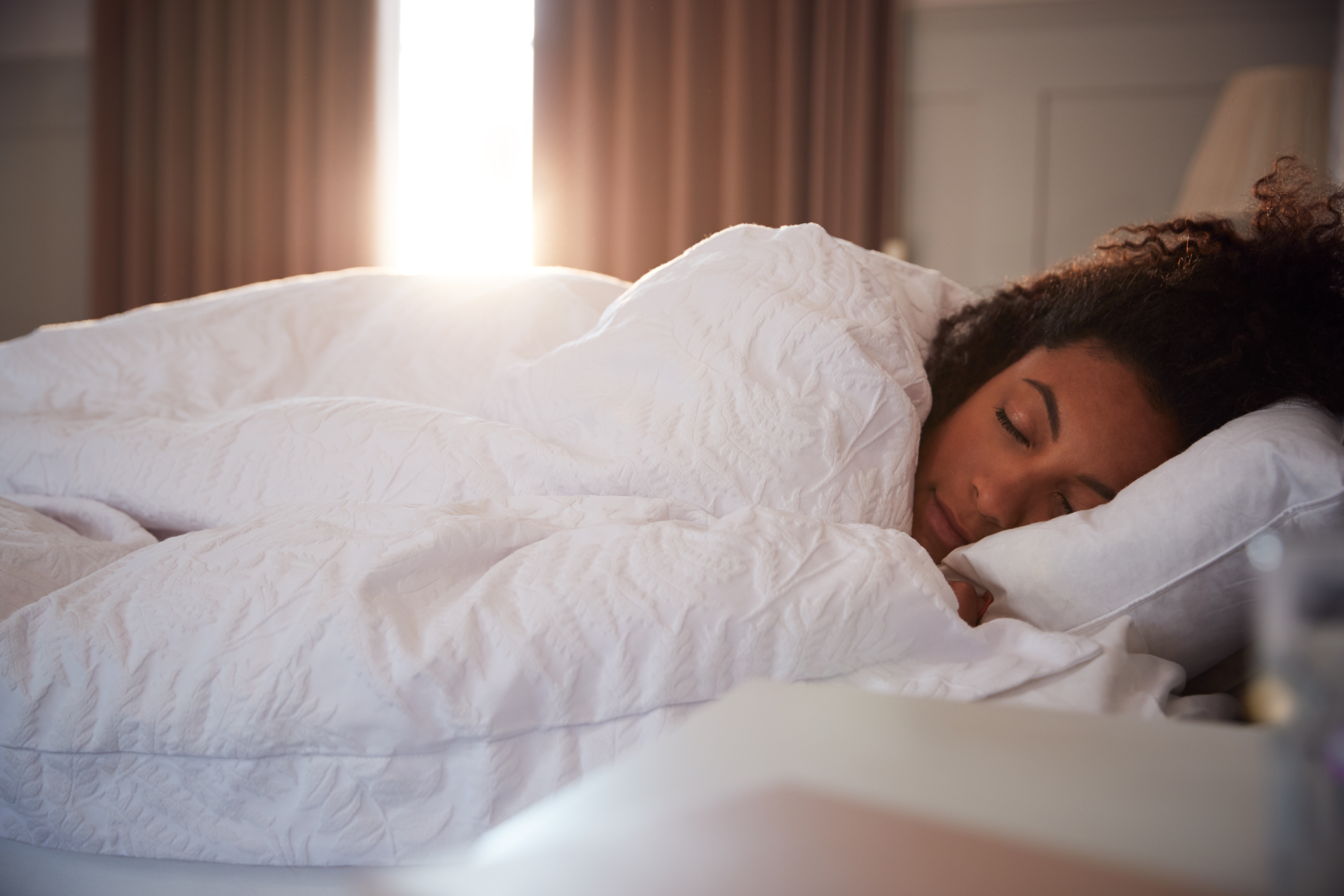Most Americans set their clocks forward an hour early Sunday, signaling that warmer days are in the not-too-distant future.
You might feel more tired than normal - at least for a little while - since we'll be getting an hour less of sleep for the next several months. But in exchange, we'll get an extra hour of sunlight and more time to spend outside in the evening.
Daylight saving time has been around for more than 100 years; it was originally established in 1918 to save energy costs during World War I, according to the Library of Congress. The law was repealed about a year later due to the war's end, but implemented once again during World War II. It was instated to help conserve fuel and "promote national security and defense," and as a result, called "war time."
The law was repealed a second time, following the war's end, to allow states to establish their own standard time, the Library of Congress stated.
Feeling out of the loop? We'll catch you up on the Chicago news you need to know. Sign up for the weekly Chicago Catch-Up newsletter here.
Daylight saving time later become standard in the U.S. until the passage of the Uniform Time Act of 1966, which mandated standard time across the country within established time zones. Daylight saving time has been a controversial topic for decades, and despite efforts to halt it, the time change still remains in place.
The U.S. Senate made an attempt last year by passing legislation known as the Sunshine Protection Act, which sought to end the changing of clocks in the U.S., expect for Hawaii. Despite passage in the Senate, the bill stalled in the House, where it remained in a committee until the expiration of the previous Congress.
The Sunshine Protection Act was spearheaded by Sen. Marco Rubio, R-Fla., who suggested it would reduce crime, encourage kids to play outside and lower the risk of heart attacks and car accidents.
"There’s some strong science behind it that is now showing and making people aware of the harm that clock-switching has," Rubio previously said on the Senate floor, NBC News reported.
Daylight saving time isn't going anywhere in the near future as Congress isn't currently considering a proposal to end it.
A 2020 study found that fatal traffic accidents in the U.S. rose 6% in the week after daylight saving started. Other studies have found that the switch to daylight saving brings small increases in workplace injuries and medical errors in the days following the change. A 2019 study, meanwhile, found that the risk of heart attacks went up in the week after clocks sprung forward, though other research did not find such an increase.
The research overall is mixed, however, and the American Academy of Sleep Medicine supports the opposite switch to permanent standard time, as research shows that bodies function best with more sunlight in the morning.
“I have received calls from constituents who prefer permanent standard time because they have safety concerns for children who have to wait too long in the dark during winter for the school bus," said Rep. Jan Schakowsky, of Illinois' 9th Congressional District and a Democratic member of the House Energy and Commerce Committee, which considered the bill.
The AASM, which is based in Illinois, states that standard time may be more aligned with our body's internal clock. According to the website Time and Date, standard time is the local time in a country or region when daylight saving time is not in use.
"The daily cycle of natural light and darkness is the most powerful timing cue to synchronize our body’s internal clock," AASM says. "When we receive more light in the morning and darkness in the evening, our bodies and nature are better aligned, making it easier to wake up for our daily activities and easier to fall asleep at night. Daylight saving time disrupts our internal clock, leading to sleep loss and poor sleep quality, which in turn lead to negative health consequences."
"More populous cities would be impacted by darker mornings as well – with permanent daylight saving time, sunrise wouldn’t occur until 8:20 a.m. in New York City in January. In Los Angeles, sunrise in January would be at almost 8 a.m., and in Minneapolis, sunrise would be at nearly 9 a.m."




